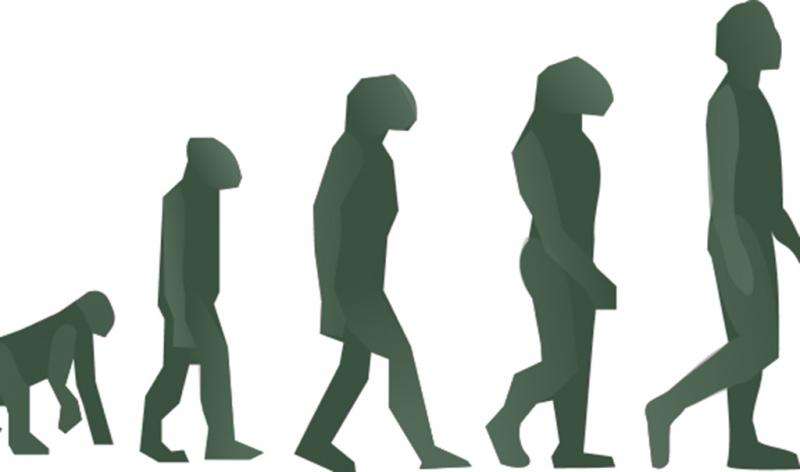Tortoise approach works best—even for evolution

When it comes to winning evolutionary fitness races, the tortoise once again prevails over the hare.
In the current issue of Proceedings of the National Academy of Sciences, a team of BEACON scientists centered at Michigan State University found that limiting migrations among populations of bacteria produced better adaptations.
The cost, however, was that the bacteria evolved slower. Taking your time, however, isn't always a bad thing, said Joshua Nahum, MSU biocomputational research associate.
"We name this the Tortoise-Hare pattern, as it is the slow-and-steady population with low migration that ultimately wins the fitness race," said Nahum, who is part of MSU's BEACON Center for the Study of Evolution in Action. "Understanding this effect is important, especially for understanding the evolution of disease, reducing the evolution of antibiotic resistance and predicting how populations respond to climate change."
All living organisms rely on evolution by natural selection to better adapt to their environment. This adaptation requires mutations, or changes in DNA, that improve reproductive success, referred to as fitness. Rather than a racetrack, though, these tortoises and hares are competing on a landscape riddled with hills, elevations that represent populations with the highest level of fitness.
For this study, the team manipulated migration rates of populations of gut bacteria, E. coli. They created a grid of 96 populations and had some amble into neighboring territory, which simulated slow migration. Then, to recreate speedier migration, they had others that raced all over the grid regardless of distance.
The team found that a population with rampant migration is likely to all get trapped on the same hill, which, more times than not, is not the tallest peak. Why? Because shortly after their summit, beneficial mutations sweep across other populations. This traps the sprinters at the peak, preventing them from climbing other hills. Meanwhile, populations with limited migration will likely take their time and reach a wider variety of peaks.
The tortoises evolve slower, but they can better adapt to their environment because some of the explored peaks may be higher in fitness, having higher reproductive rates, than the peak that was filled by a less-structured, albeit speedier, population.
Sprinting all together to a single peak does, however, provide brief glory for the shortsighted hares. These organisms will hold a fleeting advantage over the slower evolving tortoises, but the race isn't over just yet. The slower organisms that didn't place all of their evolutionary marbles into one basket opt instead to methodically climb many hills, amassing many beneficial adaptions.
"This finding provides insights into fundamental evolutionary constraints; in fact, the presence of a Tortoise-Hare pattern confirms that the fitness landscape is hilly and rugged," Nahum said. "If it were a smooth landscape, the hare would win every time."
More information: A tortoise–hare pattern seen in adapting structured and unstructured populations suggests a rugged fitness landscape in bacteria, www.pnas.org/cgi/doi/10.1073/pnas.1410631112
Journal information: Proceedings of the National Academy of Sciences
Provided by Michigan State University


















